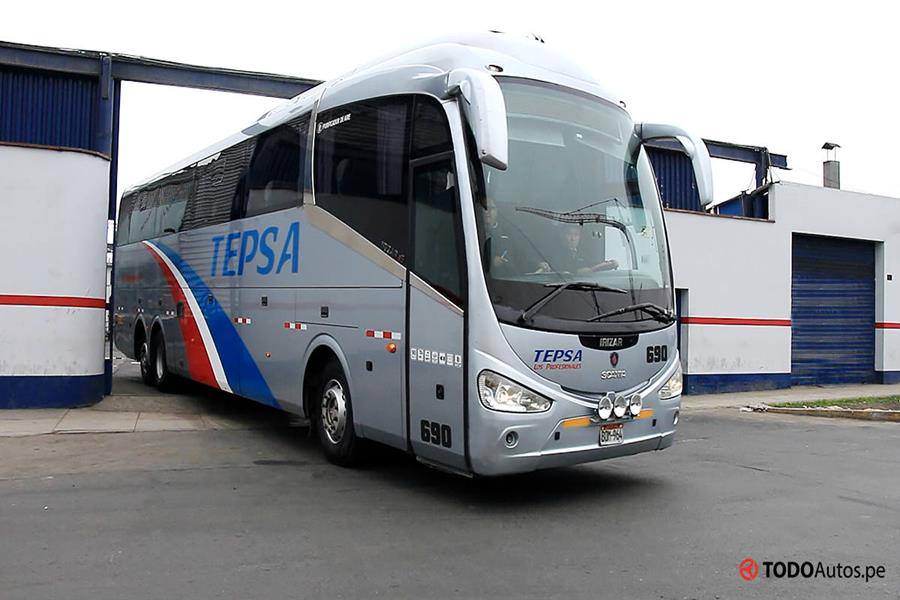How to get to Manu from Cusco and Machupicchu
If Machu Picchu is the jewel in the crown of the Andean country as far as the Inca culture is concerned, the Manu National Park is number one in the category of jungle and wild nature. It is a magical place, isolated and one of the last bastions of this fragile ecosystem that still remains practically intact.
The Manu National Park has almost 2 million hectares, was created in 1973 and is located southeast of Peru, specifically in the departments of Madre de Dios and Cuzco. The biodiversity that houses this place is one of the highest in the planet and thanks to it was declared a Biosphere Reserve in 1977 and a World Heritage Site by UNESCO in 1987.
An excursion to the Manu National Park is not a quick trip. The most spectacular trip is to enter by land and river from Cusco, passing through an incredible Andean cloud forest and a rainforest landscape on the way
The path plunges spectacularly from the páramo to the cloud forest, finally reaching the Alto Madre de Dios river in Atalaya, where motor boats are taken to the hostels in the Manu.
Manu is very isolated and has restricted access. Most visits to Manu require about a week
The Manu Biosphere Reserve is mainly more accessible from Cusco than from Puerto Maldonado.
The route leaves from the city of Cusco heading to Paucartambo, here it is reached after 2 hours of travel going south and then taking a detour that climbs a mountain by a zig zag to finally become a trail. From up here you can see Ausangate, the sacred mountain of Cusco, stand out among the mountains to the right of the affirmed way
(The special natural effects during the sunrise in TRES CRUCES are as magnificent as the Feast of the Virgin of Carmen. At 3737 m above sea level, in the last mountain range before the eastern edge of the Amazon jungle, the view is a marvel at any time especially around the winter solstice of the southern hemisphere in June: multicolored, with multiple suns, an incredible light show that lasts several hours)
After 1 hour of ascent you will arrive at the entrance to the Manu National Park in the Acjanaco pass (3560 masl), with a spectacular view of the cloud forest of Kosñipata, “place where there is smoke”. means in Quechua The name is clear when you see the cloud cover covering the low jungle and mixing with the mountains.
Follow the descent and the forest is increasingly dense and with taller trees, from here begins the habitat of the cock of the rocks, the national bird. To get Pillcopata, the capital of Kosñipata and the largest town in Manu, it is 2 to 3 hours more by the affirmed road. From this town, with some restaurants and accommodation, several interesting routes start. One of them goes to the Villa Carmen Biological Station. Another is the route that leads to the Huachipaeris communities of Queros and Huacaria, where it is possible to visit the comuneros and share their customs and great wisdom about the forest that surrounds them.
Then we have the Alto Madre de Dios river in the Atalaya port. From here we continue to explore Manu by river in the buffer zone, also called the Biosphere Reserve, 3 hours after Atalaya is the Matsiguenka community of Shipetiari, with its nice and comfortable Pankotsi Hostel. 8 hours further up the Manu River, there is the Matsiguenka House, a shelter run by the Matsiguenkas communities of Tayacome and Yomibato, being the only shelter located within the Manu National Park.
Exploring the diverse jungle of Manu through the culture of the Huachipaeri and Matsiguenka communities is a more than complete experience that must be experienced at least once in a lifetime.




